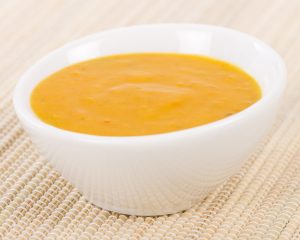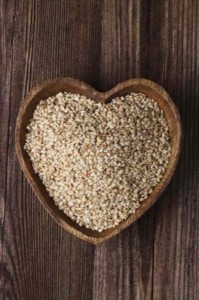Basil and Garlic, So Many Benefits
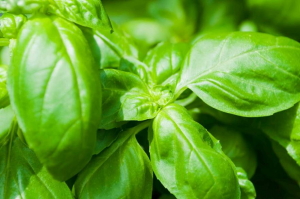 Who says healthy food can’t taste good? You and I know better. It is the very herbs, the lowly plants with so many beneficial properties that give our recipes flavour. Is it any coincidence that they are so protective of us and so delicious to us as well? I don’t think so. A quick tour around the world reveals that almost every culture has incorporated a variety of antibacterial herbs (AKA plants, AKA medicine) into food preparation and daily life. Basil and garlic or their close relatives are a pair that appear across many different cultures in many parts of the world. They are beneficial taste wonderful together.
Who says healthy food can’t taste good? You and I know better. It is the very herbs, the lowly plants with so many beneficial properties that give our recipes flavour. Is it any coincidence that they are so protective of us and so delicious to us as well? I don’t think so. A quick tour around the world reveals that almost every culture has incorporated a variety of antibacterial herbs (AKA plants, AKA medicine) into food preparation and daily life. Basil and garlic or their close relatives are a pair that appear across many different cultures in many parts of the world. They are beneficial taste wonderful together.
In the 16th century in European medicinal practices powdered dried leaves of basil were inhaled to treat respiratory infections, chest infections and headaches. The leaves and flowers have traditionally been used in Asian medicinal practices for many things but notably as an anti-inflammatory, antibacterial and antiviral plant. The smell of basil alone is divine and can help increase mental clarity and calm. Crushed fresh basil can be used directly on insect bites and sores. Basil can be used fresh or dried in food and tea or distilled into essential oils. Basil can also be tinctured using ethanol or glycerine, macerated in oil or vinegar and now CO2 extracted. I love adding fresh basil to my juices along with lemongrass and Thai pepper. As a fresh herb it has a bright flavour and can instantly create refreshing dips or sauces.
Garlic has been used for thousands of years in Ayurvedic and other Asian herbal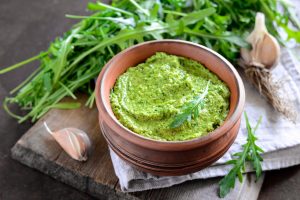 traditions as an anti-parasitic, antiseptic, anti-inflammatory, antibiotic, decongestant and expectorant. I like to call this parasite modulating, microbial modulating, inflammation modulating. In Western practices garlic was one of the primary ingredients in the “four theives vinegar” when in the legends it enabled four thieves to raid bodies during the plague without contracting the disease themselves. I would like to point out that the plague referenced is the Bubonic plague which was spread through insect bites from rats containing certain bacteria. The plague is often referenced as an example of garlic’s antiviral activity and while each of the four thieves’ ingredients may have antiviral properties this specific plague is not evidence of that. Feels good to get that off my chest.
traditions as an anti-parasitic, antiseptic, anti-inflammatory, antibiotic, decongestant and expectorant. I like to call this parasite modulating, microbial modulating, inflammation modulating. In Western practices garlic was one of the primary ingredients in the “four theives vinegar” when in the legends it enabled four thieves to raid bodies during the plague without contracting the disease themselves. I would like to point out that the plague referenced is the Bubonic plague which was spread through insect bites from rats containing certain bacteria. The plague is often referenced as an example of garlic’s antiviral activity and while each of the four thieves’ ingredients may have antiviral properties this specific plague is not evidence of that. Feels good to get that off my chest.
Garlic is now used for everything from circulation to joint pain to candida. Garlic is a strong plant and is actually usually recommended to be taken for a short time and then taken a break from before returning to it. Some buddhist traditions do not support the use of garlic and onions (alliums) in food because of their stimulating effect. If I am not mistaken garlic and onions sprouted beneath the devil’s feet himself as he left the garden of Eden. Garlic can keep evil spirits, apparently fleas or even your loved ones at arms length because of its pungent smell. Because of this many people choose to take garlic capsules. This can be a decent idea but the problem with some of these is that alisin, the primary active ingredient in garlic becomes ineffective when improperly prepared so check with the company. Alisin is made by an enzyme in raw garlic that is inactivated by heat. The alisin itself is not destroyed by heat so as long as the enzymes are given the chance to build alisin before they are deactivated it will be present in the final product.
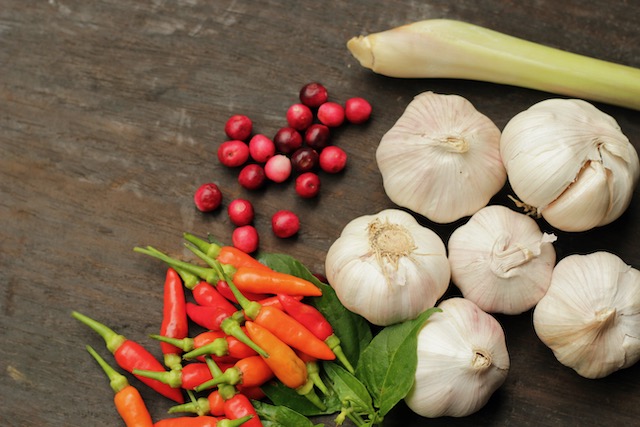
The taste of cooked/roasted garlic can be more forgiving and softer than the harsh spiciness of raw garlic so when preparing raw recipes with garlic it is important to use a little less than would be used in the cooked counterpart. I do use garlic in my juices and raw sauces but sparingly because of this.
If the aliums are difficult to digest because of their FODMAP content then try green onions, chives and garlic scapes (the arial parts of the plant). In general the FODMAP carbohydrates will be stored in the roots and not the flowers and green leaves/stalks of these plants.
Together garlic and basil may have been traditionally protective with a broad range of antiviral, antifungal, antiparasitic, and antibacterial characteristics. Both of these herbs have been used safely for millennia across cultures. These herbs taste wonderful and are rich in minerals, vitamins and antioxidants. Celebrate garlic and basil with one of the pesto recipes here.
Read more

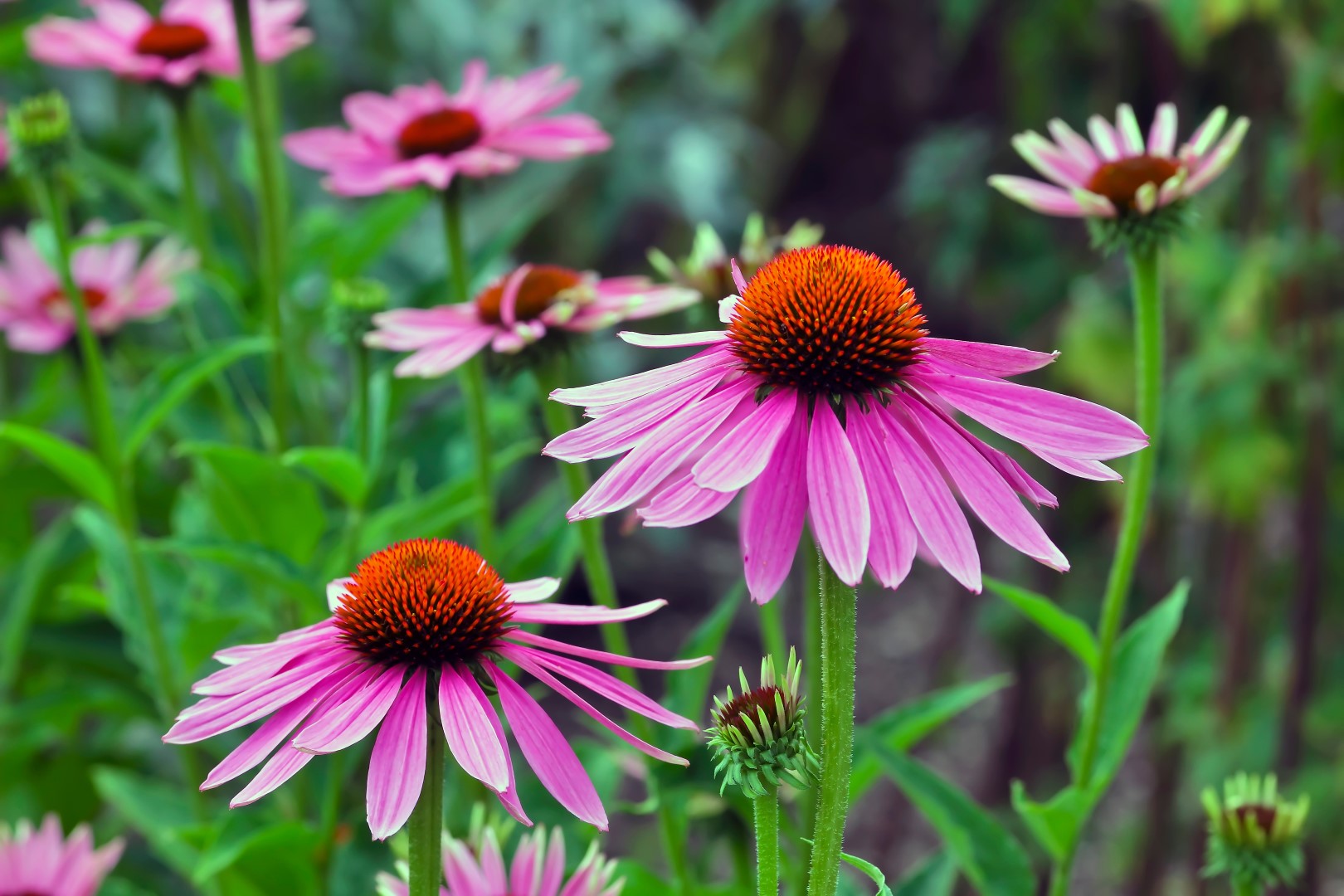 Echinacea has become the icon of “alternative” cold and flu management. It really is a stunningly beautiful and powerful flower. Having a passion for edible flowers and for herbal medicine I have long been fascinated by echinacea. I am fortunate that in my neighbourhood it is very popular to grow echinacea and it is possible to see the two most popular types growing nearby. Of course our cold/flu remedies are made from the root of the plant. Wild echinacea has been severely reduced and is in danger because of wildcrafting for medicine. I try to make sure to take the herb when it is suited and not abuse it. There are times when echinacea can be very effective but it does tend to be overused or misused so may be better replaced by a more appropriate or specific herb. Here are some situations where echinacea can be particularly effective and some where I don’t bother.
Echinacea has become the icon of “alternative” cold and flu management. It really is a stunningly beautiful and powerful flower. Having a passion for edible flowers and for herbal medicine I have long been fascinated by echinacea. I am fortunate that in my neighbourhood it is very popular to grow echinacea and it is possible to see the two most popular types growing nearby. Of course our cold/flu remedies are made from the root of the plant. Wild echinacea has been severely reduced and is in danger because of wildcrafting for medicine. I try to make sure to take the herb when it is suited and not abuse it. There are times when echinacea can be very effective but it does tend to be overused or misused so may be better replaced by a more appropriate or specific herb. Here are some situations where echinacea can be particularly effective and some where I don’t bother.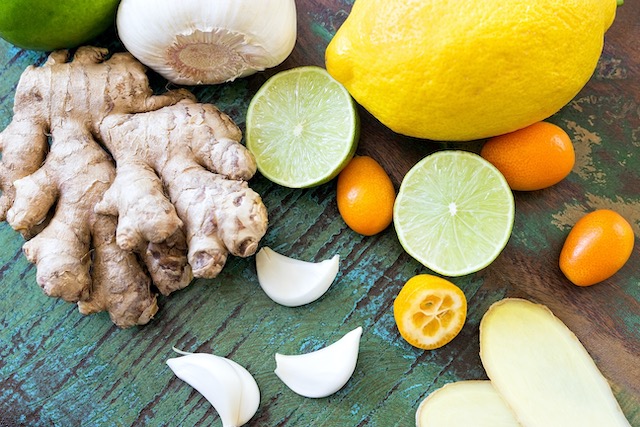



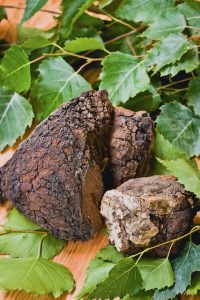 that grows on a live tree. It looks a little ugly but tastes quite good. Chaga has anti-viral and anti-bacterial properties, is an immunostimulant and an adaptogen for the adrenal glands. Like reishi it is high in selenium. Chaga has anti-inflammatory properties on top of all of the other benefits. It is one of the highest sources of anti-oxidants that I know of and has good levels of B 1, 2 and 3. It makes a great tea or ice cream and can be mixed well with other flavours without adding bitterness. Even kids seem to like Chaga.
that grows on a live tree. It looks a little ugly but tastes quite good. Chaga has anti-viral and anti-bacterial properties, is an immunostimulant and an adaptogen for the adrenal glands. Like reishi it is high in selenium. Chaga has anti-inflammatory properties on top of all of the other benefits. It is one of the highest sources of anti-oxidants that I know of and has good levels of B 1, 2 and 3. It makes a great tea or ice cream and can be mixed well with other flavours without adding bitterness. Even kids seem to like Chaga.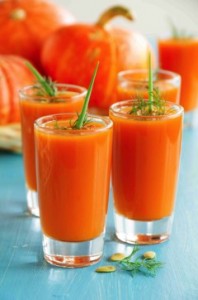
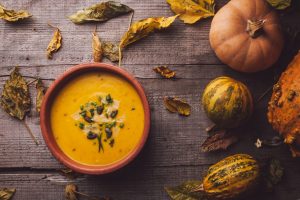 conversion is impaired by say 40% and they are smart and they are aware they just need to eat twice as much as they would normally be expected to. I dislike using the RDA as a barometer for healthy intake but as an example our cup of pumpkin pieces contains seven times the RDA for daily intake for beta carotene. This is great news. Studies have also suggested that pairing beta carotene with a fat source such as avocado, flax or coconut for example can dramatically increase the conversion rate. found a 12-fold increase in the efficiency of conversion when pairing carrots with avocados.
conversion is impaired by say 40% and they are smart and they are aware they just need to eat twice as much as they would normally be expected to. I dislike using the RDA as a barometer for healthy intake but as an example our cup of pumpkin pieces contains seven times the RDA for daily intake for beta carotene. This is great news. Studies have also suggested that pairing beta carotene with a fat source such as avocado, flax or coconut for example can dramatically increase the conversion rate. found a 12-fold increase in the efficiency of conversion when pairing carrots with avocados.